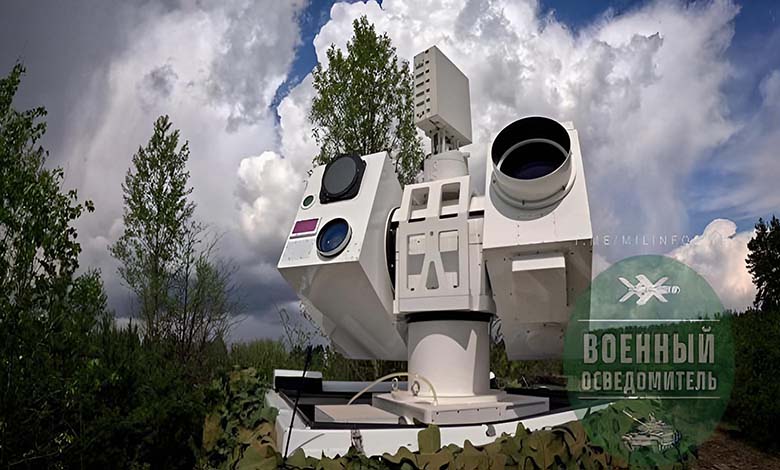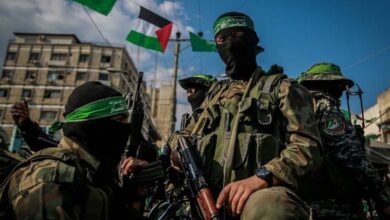The Silent Hunter… Could it Shift the Balance in the Ukraine War?

In an effort to counter the growing threat posed by Ukrainian drones, Russia has added a laser weapon to its arsenal, known as the “Silent Hunter.”
This weapon is considered the ideal solution to combat slow-moving drone threats—a category of threat that has played an increasingly crucial role on the Ukrainian battlefield. This prompted Russia to include it in its military equipment.
-
Ukraine War: Kyiv Hints at Concessions in a Plan Full of Obstacles
-
Ukraine War: Russian Advance Shifts the Balance of Power and a Target Bank Ahead of Winter
Footage shared by Russian media shows that the Russian army possesses the Silent Hunter 3000 laser weapon, which is Chinese-made.
Video clips show a mobile laser unit reportedly being used by the “Ospin Koshevnik” special operations unit during a field engagement with an enemy reconnaissance drone, according to Military Watch Magazine.
The footage shows the laser system hidden under a camouflage net before being activated. While earlier reports had hinted at Russia’s use of directed energy weapons, this appears to be the first visual confirmation of a Chinese-made “Silent Hunter” system.
-
The Ukraine War drains Russian resources and affects its influence in the Mediterranean
-
War Consumes the Reserves: Ukraine Lures Gen Z with Cash and Perks
What Do We Know About the “Silent Hunter”?
- Low-altitude laser defense system
- Turret-mounted platform with optical targeting sensors and a 30-kilowatt laser
- Developed by the Chinese Academy of Engineering Physics
Features:
- Neutralizes small low-flying aerial targets at distances of up to 1.5 km
- Capable of jamming sensors at up to 3 km
- Can detect aerial targets within a 5 km radius
- Maximum laser operating time: 200 seconds
- Can be fully deployed or shut down in less than five minutes
-
From 2022 to 2025… Key Diplomatic Milestones to Stop the War in Ukraine
-
An American Historical Solution for the Ukraine Crisis: The Post-War Berlin Model
Western actors—including personnel, contractors, defense manufacturers, satellite networks, and surveillance assets—have played a key role in enabling Ukraine’s long-range drone and ballistic missile strikes on Russian targets.
These attacks, often launched by swarms of drones, have proven extremely difficult to intercept, targeting a wide range of sites—from residential buildings in Moscow to critical radar installations and airbases hosting Russian fighters and bombers.
-
Behind the Fronts: An Image Sparks a Symbolic War between Russia and Ukraine
-
On the Anniversary of the War in Ukraine… Russia Fails to Understand Trump’s Plan and Sets Its Negotiation Objective
Following a series of successful Ukrainian strikes on Russian targets, including in Moscow in early and mid-2023, Sergei Chemezov, CEO of the Russian state-owned defense conglomerate Rostec, announced on August 7, 2023, that work was underway to develop advanced systems for detecting small, slow-moving drones capable of evading air defense systems.












